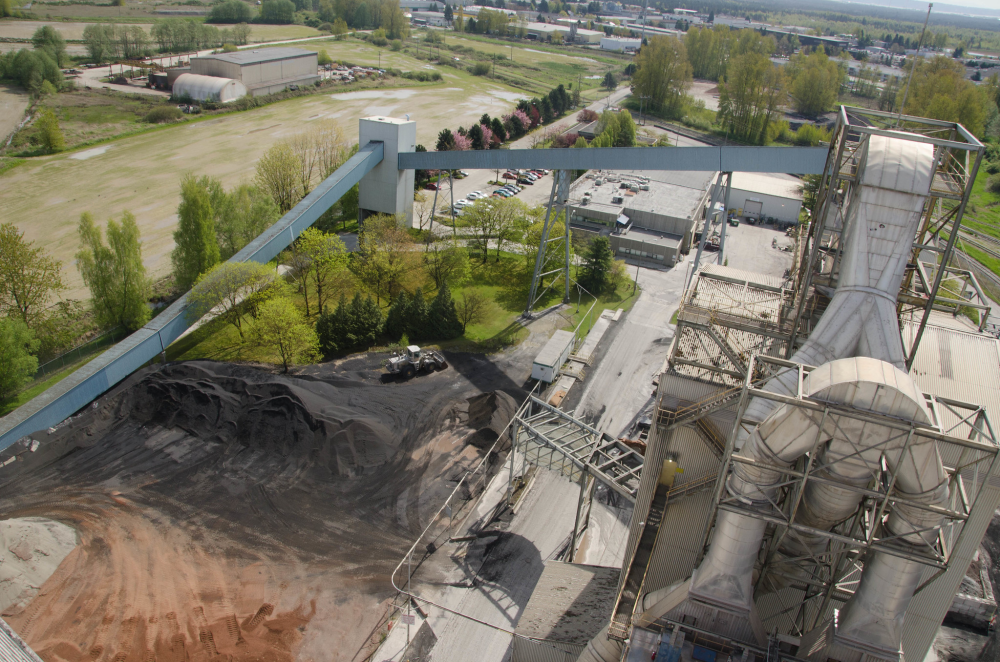OTTAWA — Of the four provinces — British Columbia, Alberta, Ontario, and New Brunswick — that designed their own carbon pricing system for large industrial emitters, only British Columbia’s system meets the minimum requirements set by the federal government, according to new analysis from the Pembina Institute.
The report, Carbon Emissions: Who makes big polluters pay, examined the carbon pricing systems for heavy emitters from four provinces and the federal government to determine if they meet the two fundamental objectives of a pricing system for heavy emitters: to effectively reduce emissions and drive innovation; and address competitiveness concerns without limiting the effectiveness of the policy to reduce emissions.
The report concludes that the federal government’s system sets a strong benchmark, while Alberta’s recently proposed system is weaker than the system it is replacing. Ontario and New Brunswick are even more lenient and miss opportunities to grow the economy while reducing emissions.
The report also examined the systems’ treatments of the electricity system, as a clean grid is key to decarbonizing the transportation and building sectors. A strong system seizes opportunities to accelerate the phase-out of coal (where relevant), and replace it with renewable energy, while avoiding natural gas lock-in. British Columbia leads by pricing all emissions from electricity generation. Alberta’s proposed system, while weaker than its predecessor on most criteria, maintained strong incentives to green the grid. The federal system’s approach should be strengthened to ensure better incentives to accelerate the 2030 coal phase-out.
When it reviews Alberta, Ontario, and New Brunswick’s proposed systems, it is the federal government’s responsibility to ensure the systems meet minimum requirements and keep Canada competitive with a global low-carbon economy. All jurisdictions need to ratchet up their ambition if Canada’s economy is to be decarbonized by mid-century.
Quick facts
-
Examples of heavy emitting industries in Canada include cement, steel, lime, oil and gas, and mining.
-
Alberta is responsible for 38 per cent of Canada’s total emissions, followed by Ontario at 22 per cent. British Columbia and New Brunswick are responsible for nine per cent and two per cent of Canada’s emissions, respectively.
-
In the coming months, the federal government will evaluate the provinces’ heavy emitter systems to determine if they reach the minimum requirements. If not, those systems would need to be enhanced, or choose to have the federal backstop applied.
-
The federal government will perform a mid-term review of the national price on carbon later in 2020, giving an opportunity to strengthen its ambition.
-
In New Brunswick and Ontario, the federal backstop currently applies to sectors that represent 54 per cent and 29 per cent of provincial emissions, respectively.
-
Alberta’s current heavy emitter pricing system is applied to sectors that represent 73 per cent of provincial emissions.
-
British Columbia’s carbon pricing system for heavy emitters is applied to sectors that represent 38 per cent of provincial emissions.
-
On Oct. 22, New Brunswick Premier Blaine Higgs committed to complying with the federal government’s climate plan, including the federal carbon price, citing federal election results and noting that “the country has spoken” on climate action.
Quotes
“Reducing emissions from heavy-emitting industries like cement, oil and gas, and mining is critical to reaching Canada’s climate targets and to modernizing Canada’s economy. As the global community works to reduce emissions, low-carbon products will be in higher demand. A strong industrial pricing system incentivizes innovation that will better position Canadian businesses to take advantage of the $26 trillion low-carbon economy.”
— Isabelle Turcotte, federal policy director, Pembina Institute
“Our analysis proves that emissions can be reduced while growing the economy. With its industrial pricing system, B.C. leads with the most comprehensive heavy emitter pricing system. However, all provinces — including B.C. — and the federal government need to dial up their ambition to set Canada clearly on a path to decarbonization by mid-century.”
— Brianne Riehl, senior analyst, Pembina Institute
“By introducing a weaker industrial pricing system, Alberta is moving backwards, risking the provincial economy’s competitiveness, and leaving opportunities to reduce emissions on the table. Without a scheduled carbon price increase, this system fails to meet the minimum requirements that would prevent imposition of the federal backstop, and it fails to use market mechanisms to prepare Alberta’s industry for a 21st century economy.”
— Jan Gorski, analyst, Pembina Institute
[30]
Visit pembina.org to download a copy of Carbon Emissions: Who makes big polluters pay
Contact
Kelly O’Connor
Associate Communications Director
416-220-8804
Background
Reacts: TIER weakens incentives for technology, innovation and emissions reductions (October 2019)
Blog: A Canada that promote clean innovation while creating jobs (October 2019)
Reacts: Output-based carbon pricing system incentivizes innovation, provides certainty for industry (June 2019)




